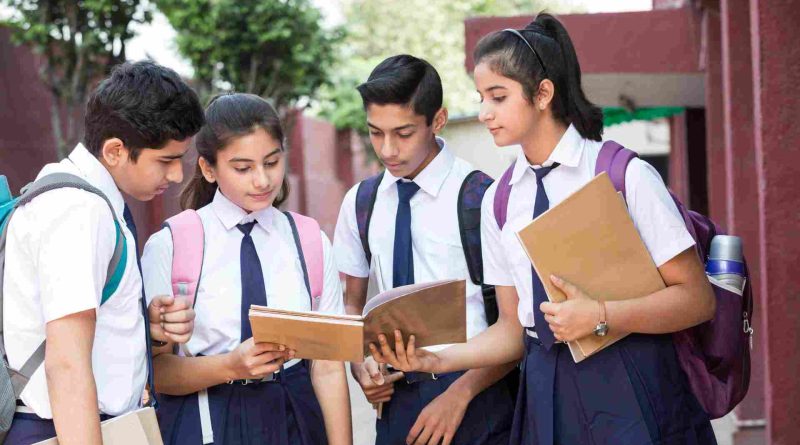Examining Educational Disparities: Insights from a Survey on Digital Access during the Pandemic
In a recent survey titled “Access to Services During Covid-19 in Digital India,” it was revealed that despite 84% of households in the capital having internet connectivity, only a mere 25% of enrolled schoolchildren could access education during the lockdown of 2020. This statistic starkly contrasts with states like Tamil Nadu and Maharashtra, where nearly 40% of children could continue their education despite lower rates of internet connectivity.
The survey, conducted by LIRNEasia and the Indian Council for Research on International Economic Relations (ICRIER), collected data from 7,000 households across the nation, including 350 villages and wards. While focusing nationally, the study placed particular emphasis on regions like Delhi, Assam, Tamil Nadu, and Maharashtra, revealing significant disparities in educational access.
Interestingly, certain demographics held an advantage during remote learning periods. Boys, students in Class IX and above, and children from households with higher levels of parental education exhibited greater access to educational resources. Notably, Tamil Nadu boasted higher rates of remote education accessibility due to initiatives like Kalvi TV, an educational channel launched in August 2019.
Delhi stood out with 84% household internet connectivity, surpassing the national average of 62%. Furthermore, among internet users aged 15 and above, Delhi residents showed a higher engagement rate compared to other regions. However, despite these figures, only 47% of this demographic had access to the internet, with varying rates across states.
The survey also highlighted the reliance on smartphones for educational purposes, with 75% of school-going children receiving information and assignments through mobile devices. However, live online classes saw a lower attendance rate, with only 55% of students participating.
In summary, the survey underscores the necessity of integrating digital technology into the education system to enhance learning outcomes, as emphasized by Galpaya, an expert involved in the study.

